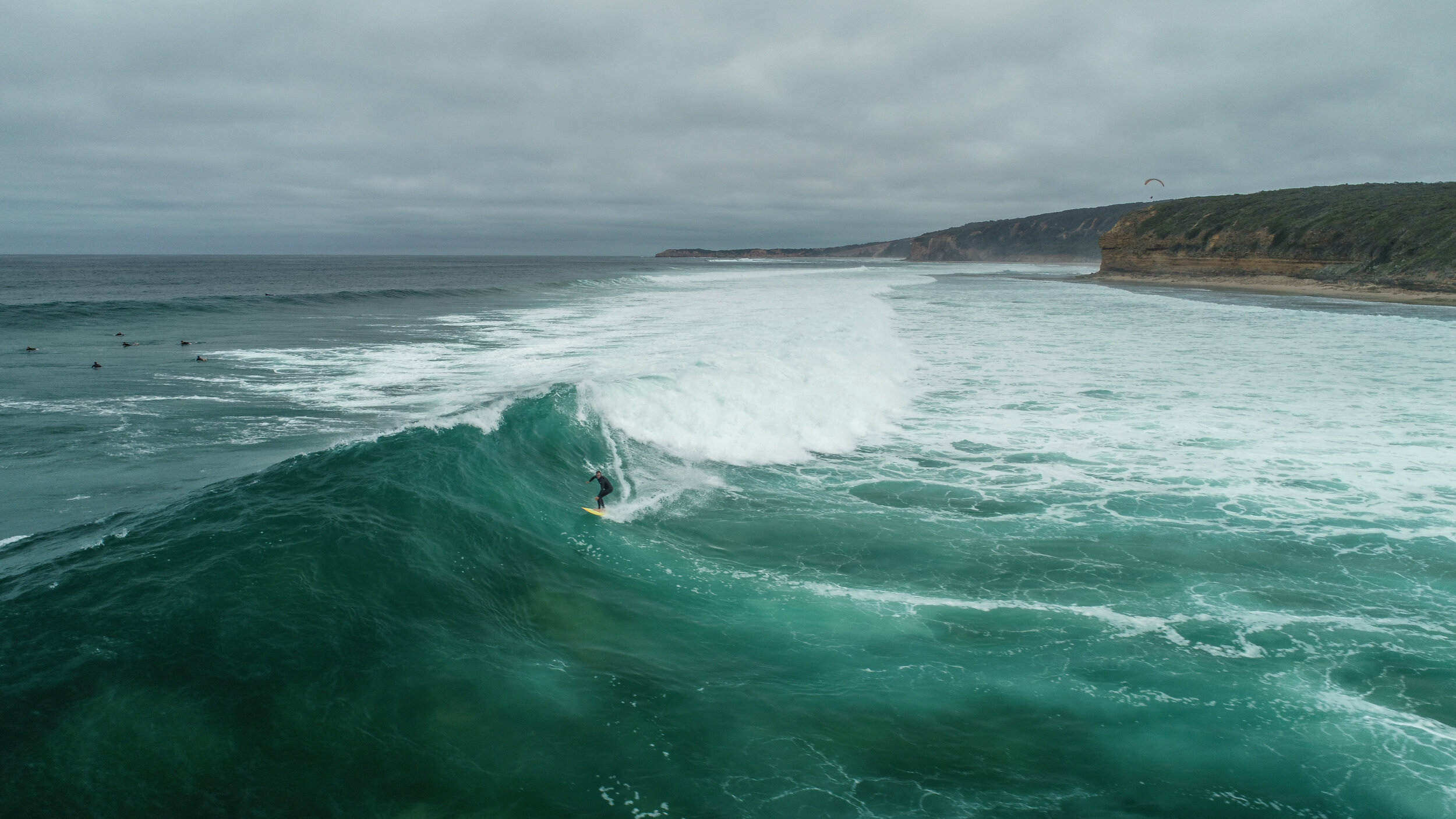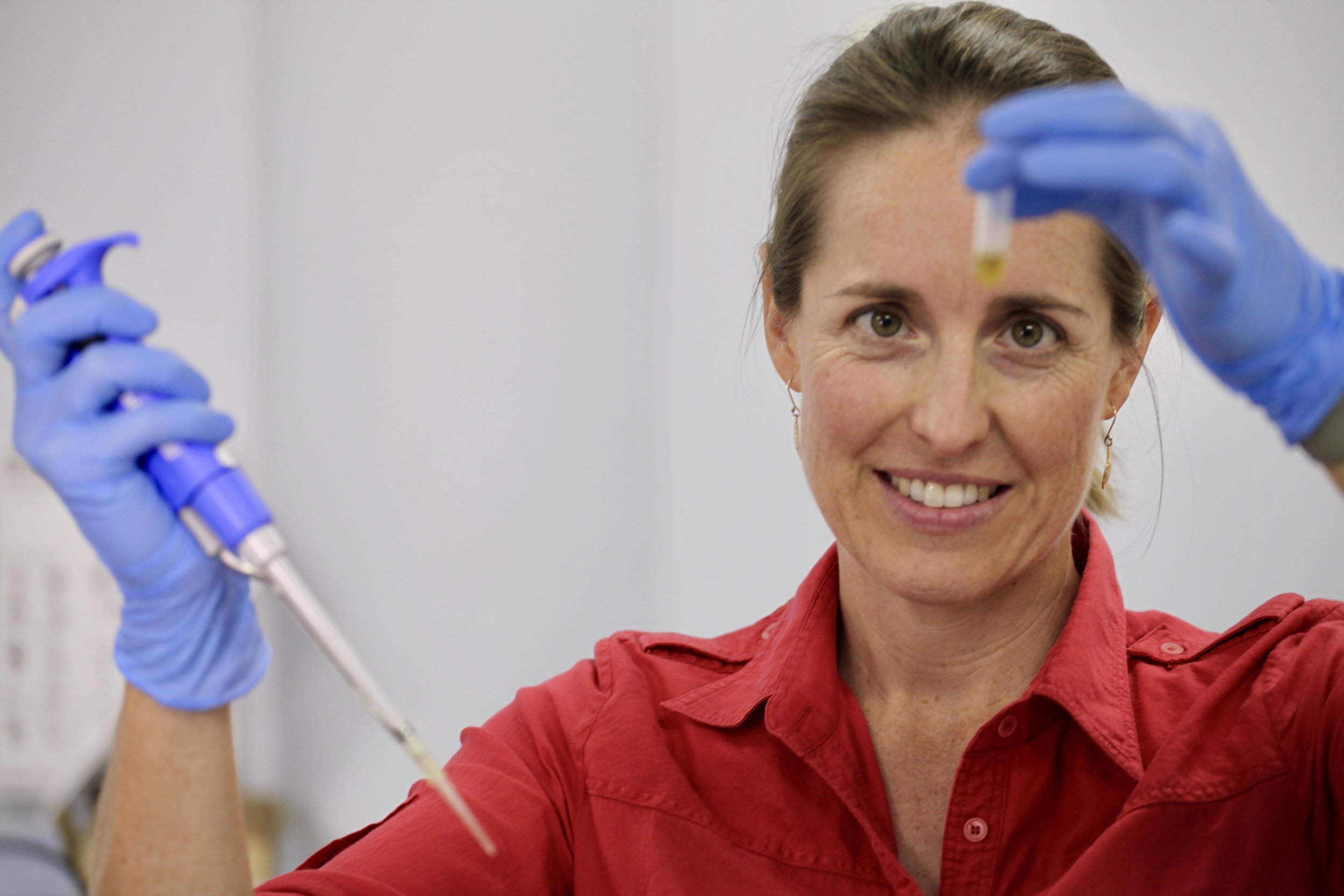not all species move south
New research reveals many Aussie reef species move locations with changing water temperatures, but many haven’t shifted south with warming seas — challenging assumptions about climate-driven range shifts.
Rethinking Range Shifts
As oceans warm, it’s natural to expect marine life to steadily shift south in search of cooler waters. But new research challenges that assumption. In a recently published study led by Yann Herrera Fuchs from the University of Tasmania, researchers analysed how more than 650 shallow-water reef species — including fish and invertebrates — responded to warming seas over a decade marked by extreme climate events. The findings, published in Nature Climate Change, suggest that many species have not headed poleward as expected.
What emerges isn’t a loud reshuffling, but a quieter story of subtle shifts, surprising stability, and local resilience — revealed only through long-term, community-driven monitoring.
While some species are indeed expanding southwards, others are contracting or even rebounding towards the equator. Some appear to remain stable. “There are species behaving in counterintuitive ways,” Yann explains. “Rather than steadily shifting, many are bouncing back or staying put — and that stability matters.”
Nectria ocellata's distribution shifted northward (towards the equator) over the study period.Decade of Data
The study analysed 12 years of underwater visual surveys collected through two programs: Reef Life Survey (RLS) and the Australian Temperate Reef Collaboration (ATRC). These datasets included nearly 840 survey sites around Australia and spanned both tropical and temperate waters. Importantly, the study used consistent methods over time, giving researchers the confidence to track real changes in range edges — the warm and cool boundaries of where species live.
The scale and consistency of the data set this study apart. Unlike other range shift studies that rely on individual sightings or anecdotal evidence, this one tracked the full community of species over time. “We were able to look beyond just the conspicuous or commercially important species,” Yann says. “This is about the broader ecosystem, including the unsung invertebrates and small reef fishes that form the backbone of our marine biodiversity.”
Limited Net Movement
662 tropical (red) and temperate (blue) species where a, shows the bulk of species’ range edge changes centred at 0.So, what did they find? Despite well-documented warming in many regions, especially along the east coast and in Tasmania, there was limited net poleward movement across species. Most range edges stayed within one degree of latitude — a distance of around 110 kilometres — over the 10–12 year period. This was true for both warm and cool range edges.
Some species of course did move, and in the expected directions. But these shifts were often small, and on average, expansions were balanced by contractions. In other words, while some species moved south, others retreated or disappeared from their southern limits. This pattern of “response diversity” — with different species reacting in different ways — may actually support resilience. “It shows that communities are not uniformly shifting,” Yann says. “They’re adapting in various ways, and that might buffer some of the impacts of warming.”
Heatwaves and Rebounds
The clearest movements were linked to major temperature anomalies — especially the marine heatwaves in 2011 in Western Australia and in 2016 along the northern coast and in Tasmania. In some cases, tropical species moved south after heatwaves, only to retreat again when temperatures cooled.
This idea of “rebounding” is important. Rather than being permanent shifts, some movements seem to be short-term responses to extreme events. “If you only look at one time point, you might think a species has shifted permanently,” Yann explains. “But when you track them over a decade, you see some are returning to earlier positions.”
Why Species Stay Put
Why aren’t more species shifting poleward? Part of the answer lies in geography. Australia’s southern coast meets the cold Southern Ocean, which acts as a natural barrier. In places like Tasmania, there’s simply nowhere further south to go — especially for species tied to shallow reef habitats.
In these cases, species might instead retreat westward into cooler water brought by upwelling systems, or move deeper if suitable habitat exists. But that’s not always an option. As Yann puts it, “Not all species can just shift. Some are already at their limits — and if the habitat isn’t there, they can’t survive.”
Invertebrates on the Move
Tosia australis, a temperate sea star tracked in the study, shifted from 42.7°S to 40.9°S latitude and 148.0°E to 145.5°E longitude — a northwest movement likely linked to cooler water refuges off Tasmania.While the overall picture was one of stability, some species did show clear movement. In Tasmania, several temperate invertebrates — including molluscs and sea stars — shifted northwest, rather than south, likely chasing colder water. This unusual direction reflects the complex oceanography of southern Australia, where upwelling and eddies create pockets of cooler water.
These species lack the mobility of fish and may be more sensitive to habitat changes. The data suggest the population is retreating towards refuges, rather than expanding into new territory. “It’s not just about temperature,” Yann says. “It’s about the right combination of depth, habitat, and food. For some species, those conditions are only found in very specific spots.”
Ecological Implications
Although there’s been no wholesale reshuffling of reef communities, the study highlights subtle but important shifts. Some species — especially those already rare or specialised — may be at higher risk. Others could benefit from changing conditions, at least temporarily.
The research raises questions about how range shifts intersect with other pressures, like habitat degradation or fishing. “Climate change isn’t acting alone,” Yann explains. “If habitats are already degraded, species have fewer places to go. That’s why protecting and restoring critical reef habitats is more important than ever.”
Importance of Monitoring
One of the most critical takeaways from the study is the need for long-term, consistent monitoring. Many predicted range shifts may take decades to fully unfold. Without detailed data, we risk missing the slow, cumulative effects of warming — or misunderstanding short-term changes.
“A lot of attention goes to big, visible shifts or charismatic species,” Yann says. “But the real story is in the quiet, small changes happening across entire communities. You need time and consistency to see that.”
A Collective Effort
For Yann, the real value of this research lies in its collaborative roots. “This was only possible thanks to hundreds of divers, researchers and partners who contributed data over more than a decade,” he says. “It’s proof that community-based science can uncover patterns we’d otherwise miss — and help guide how we care for our oceans.”
Image: Toni CooperSubtle Signs, Quiet Shifts
As our oceans continue to change, so too must the way we understand and protect them. This research reminds us that climate impacts unfold in complex, often unexpected ways — and that no single story captures the full picture. By investing in long-term monitoring and supporting collaborative, community-driven science, we can stay connected to what’s really happening, The Great Southern Reef is home to some of the most unique and vulnerable marine life on Earth. Ensuring its future means listening closely — not just to the loudest changes, but to the quiet shifts as well.
Red Velvetfish. Image: Graham EdgarMeet the Scientists
















